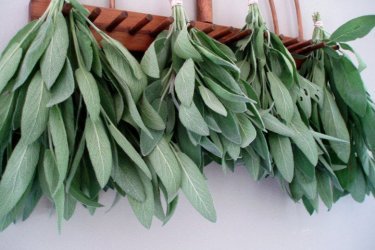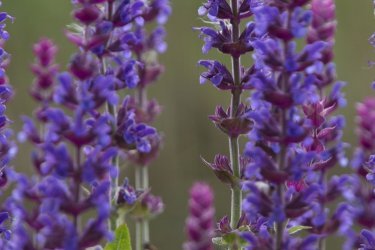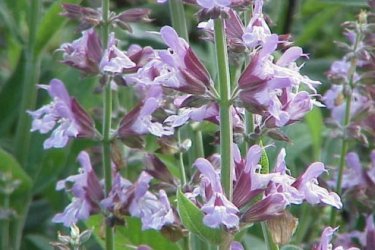Sage
Salvia - a plant with amazing healing properties. Its name can be translated as “to be healthy”; pictures with its image are often used on business cards of pharmaceutical companies.
Sage, or perennial salvia, is a rather attractive plant; it is a herbaceous perennial shrub of quite large size, can reach 1 m 20 cm in height. It blooms from July until autumn frosts; the shape of the inflorescences is panicles or spikelets.
Varieties
Representatives of the subspecies Kotovnikov species Yasnotkovyh, namely perennial salvia, constitute a huge group, which includes about 1000 items.
The most common types and varieties of sage are:
- medicinal, represented by the varieties Aibolit, Breeze, Nectar, Semko Patriarchal
- forest, varieties - Pink and Blue Queen, Adrian, Caradonna
- meadow and sticky
- swamp
- African, Australian, Cleveland
This list can be continued with a list of no less interesting varieties. Judging by the names, it is easy to guess that the plant is distributed throughout the world, and each species of shrub chooses certain conditions as its habitat.
This point should definitely be taken into account when choosing a place for planting - some are resistant to drought, others, on the contrary, require soils with high humidity.
Features of care
Growing sage on the windowsill, this charming green pet requires special care; its features will also depend on the chosen variety.
Among the general requirements for caring for salvias, the most important are:
- use for planting light sandy loam soils
- normal acidity of soil rich in humus
- provided that it is grown outdoors, it is possible to build a shelter for the winter period
Proper pruning is of great importance. They promote rapid tillering and lush flowering of perennial salvia.
The best time for pruning is early spring; pruning sage in the fall can cause problems with the plant overwintering. But spring pruning should not be done if new shoots have already begun to form.
As part of the care you will need:
- remove weeds around bushes
- periodically loosen the soil
- To reduce moisture loss, mulch
- if sage is used in landscape design, gravel can be used instead of mulch; such compositions look great
- during the period of shoot formation, apply nitrogen fertilizers, during the period of budding and flowering - complex
Planting should be carried out taking into account the fact that the plant is cross-pollinated; for different species it is necessary to select distant areas.
How does sage overwinter?
To eliminate the possibility of freezing of the bushes, you should fill the soil at the base of the stems with a thick layer of humus or compost and fallen leaves.
The procedure will protect against frost and stimulate the development of new root shoots; it is recommended even for frost-resistant species. The activity of its development with the onset of spring depends on how correctly the wintering of sage is arranged.
Some popular types: Sparkling, Pineapple, Elegant are heat-loving, they are preferably grown through seedlings, as annual crops.
Sage propagation
You can get new plants of this variety using three methods:
- sowing seeds and planting seedlings
- germination of cuttings
- layering, dividing bushes
The simplest and most accessible method is propagation of sage by cuttings, of course, if there are mother bushes of the desired variety. For this purpose, the shoots are cut half lignified, the length of each cutting is 15 cm. Rooting is carried out in a container with water; it will take 2 weeks for roots to appear.
About decorative properties
In landscape gardens, Blestyashchiy or Muskatny varieties are often used, which are grown as annuals, but perennial varieties can often be found in garden plots and mixborders.
Salvia - great for aromatic gardens and gardens with spicy crops.
We wish you success in growing sage in the garden and on the windowsill, it really is capable of give health, cheerfulness, excellent mood.
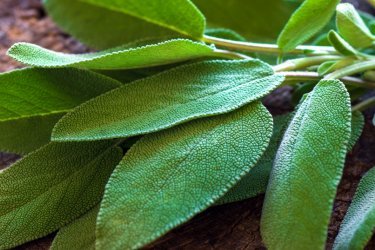
Read more
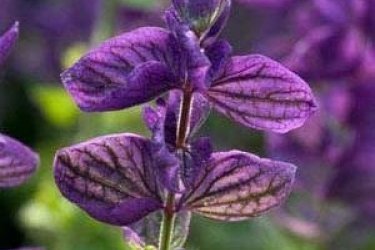
Read more

